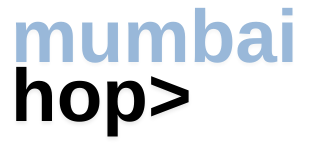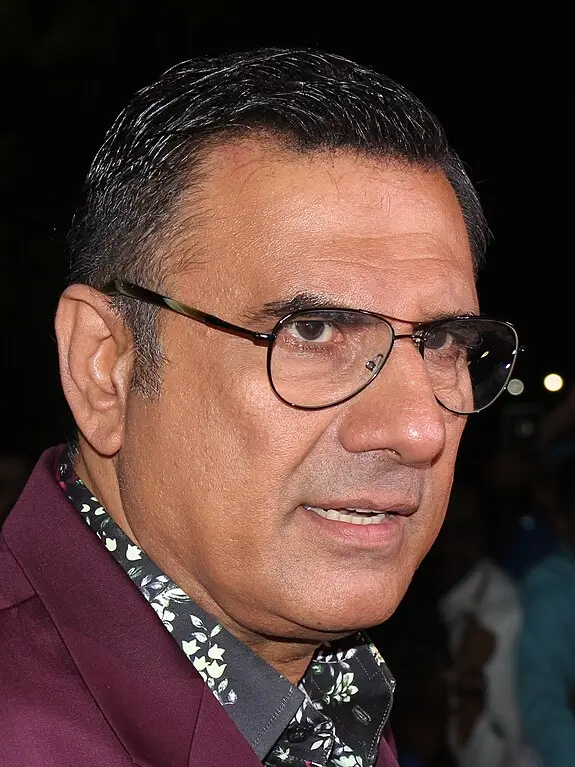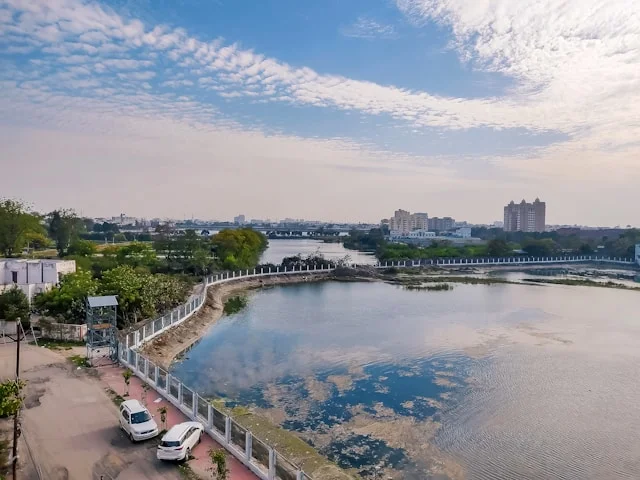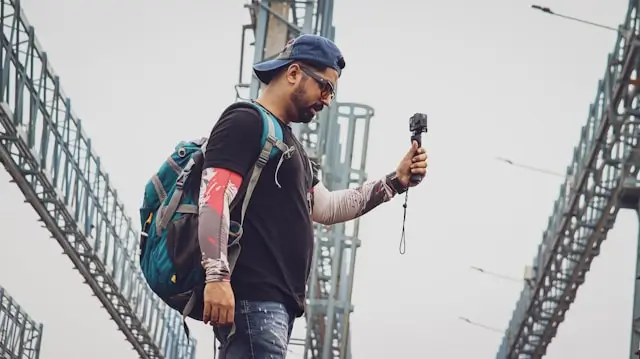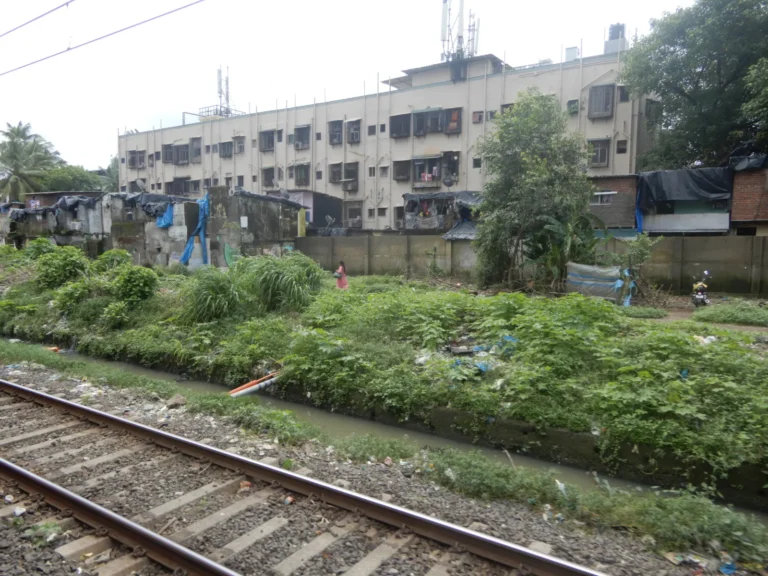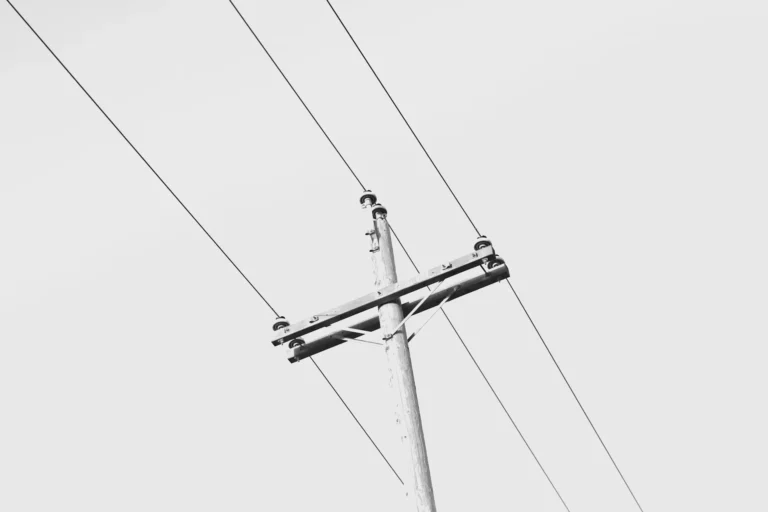Parsi Population in Mumbai
The Parsi community, also known as the Zoroastrians, is one of the oldest and most prominent communities in Mumbai. With their unique customs, language, and food, they are an integral part of Mumbai’s cultural fabric. In this article, we will explore the Parsi population in Mumbai, their history, culture, and contributions to the city.
Who are the Parsis
The Parsi community has a rich and diverse history, dating back to over a thousand years. They arrived in India from Iran during the 8th and 10th centuries, and Mumbai has been their home for over three centuries. Known for their entrepreneurial spirit, philanthropy, and contribution to various fields, Parsis have left a lasting impact on Mumbai.
History
The Parsi community’s history in Mumbai dates back to the 17th century when the British East India Company established a factory in Surat. Many Parsis who were traders and merchants moved to Mumbai to expand their business. Over time, they established themselves as a prominent and influential community in the city.
Parsi demographics in Mumbai
Mumbai is home to the largest Parsi population in the world, with over 60,000 Parsis residing in the city. They mostly reside in the areas of Colaba, Dadar, and the western suburbs of Mumbai. Despite being a small community, they have made significant contributions to the city in various fields, including business, art, and culture.
Culture and Traditions
The Parsi community has a unique culture and traditions that set them apart from other communities in India. They are known for their cuisine, which includes dishes like dhansak, patrani machhi, and lagan nu custard. They also celebrate their festivals like Navroz, which marks the beginning of the Parsi New Year, with great zeal and enthusiasm.
Major contributions you should know about
The Parsi community has made significant contributions to Mumbai in various fields, including business, art, and culture. Some of the most prominent Parsi entrepreneurs in Mumbai include the Tata family, Godrej family, and Wadia family. Parsis have also contributed significantly to the city’s cultural landscape, with institutions like the National Centre for the Performing Arts and the Jehangir Art Gallery.
Challenges faced by them
Despite their many contributions to the city, the Parsi community faces some challenges in Mumbai. The community is shrinking, with a declining birth rate and an increasing number of Parsis leaving the city. To address this, the community has launched several initiatives, including programs to encourage young Parsis to marry and have children.
Frequently asked questions (FAQs)
Who are Parsis and where do they come from?
Parsis are a community of Zoroastrians who fled Iran and settled in India in the 8th century.
How many Parsis live in Mumbai?
The exact number of Parsis living in Mumbai is not known, but estimates suggest there are about 40,000.
What is the history of Parsis in Mumbai?
Parsis have been an integral part of Mumbai’s history and culture. They settled in the city in the early 17th century and have contributed to its growth and development.
What is the Parsi community known for?
The Parsi community is known for its rich culture, traditions, and contributions to various fields, including business, arts, and literature.
What are some famous Parsi landmarks in Mumbai?
Some famous Parsi landmarks in Mumbai include the Tata Theatre, the Parsi Fire Temple, and the Tower of Silence.
What are some Parsi festivals celebrated in Mumbai?
Some of the major Parsi festivals celebrated in Mumbai include Navroze, the Parsi New Year, and the Muktad or the Parsi Festival of the Dead.
What is Parsi cuisine like?
Parsi cuisine is a blend of Indian and Iranian influences and is known for its unique flavors and dishes such as dhansak, patra ni macchi, and salli boti.
How has the Parsi community in Mumbai changed over the years?
The Parsi community in Mumbai has undergone significant changes over the years, including a decline in population and an increase in interfaith marriages.
What are some challenges faced by the Parsi community in Mumbai today?
Some challenges faced by the Parsi community in Mumbai today include a declining population, aging demographic, and issues related to inheritance laws.
What are some initiatives being taken to preserve the Parsi culture and community in Mumbai?
Some initiatives being taken to preserve the Parsi culture and community in Mumbai include encouraging interfaith marriages, increasing awareness about the community, and promoting Parsi entrepreneurship.
Why are Parsi areas in Mumbai so quiet?
The Parsi community is known for its peaceful and quiet way of life, and this is reflected in the areas where they live in Mumbai. The community is known for its discipline, cleanliness, and respect for its surroundings, which makes their areas very clean and peaceful. Additionally, the community is small in number, and they tend to maintain close-knit social circles, which also contributes to the peaceful atmosphere in their areas.
Conclusion
The Parsi community is an integral part of Mumbai’s cultural heritage, and their contributions to the city are immeasurable. From their unique cuisine to their entrepreneurial spirit, the Parsis have left an indelible mark on Mumbai. It is essential to preserve their traditions and culture for future generations to come.
